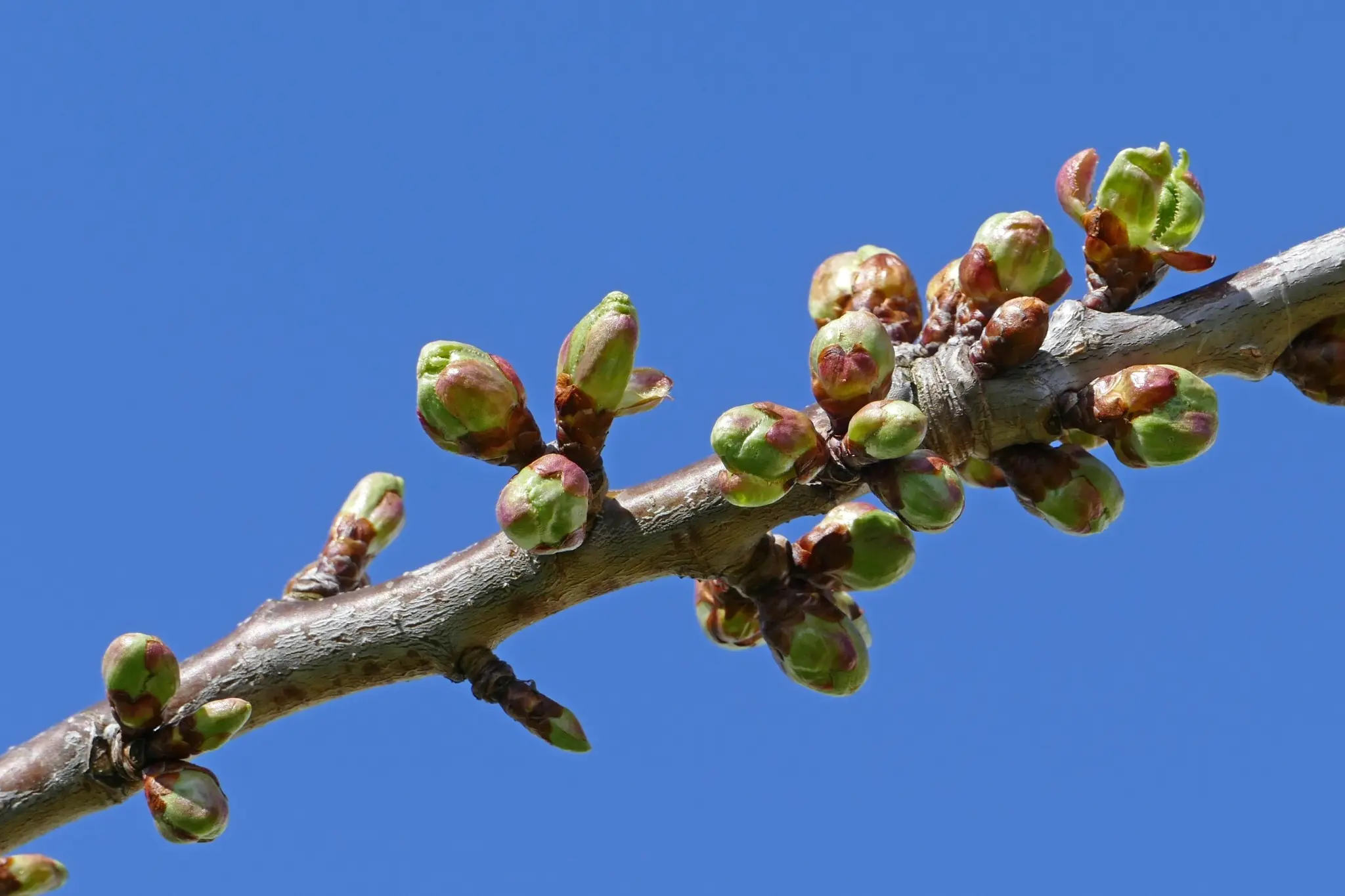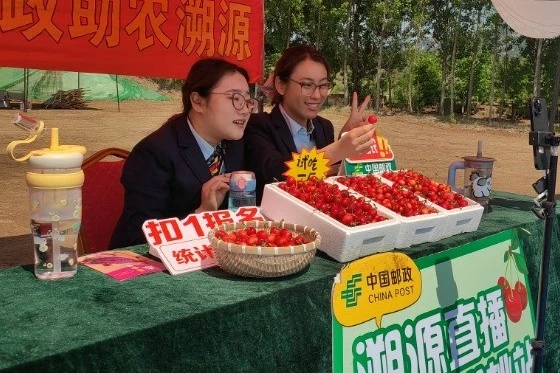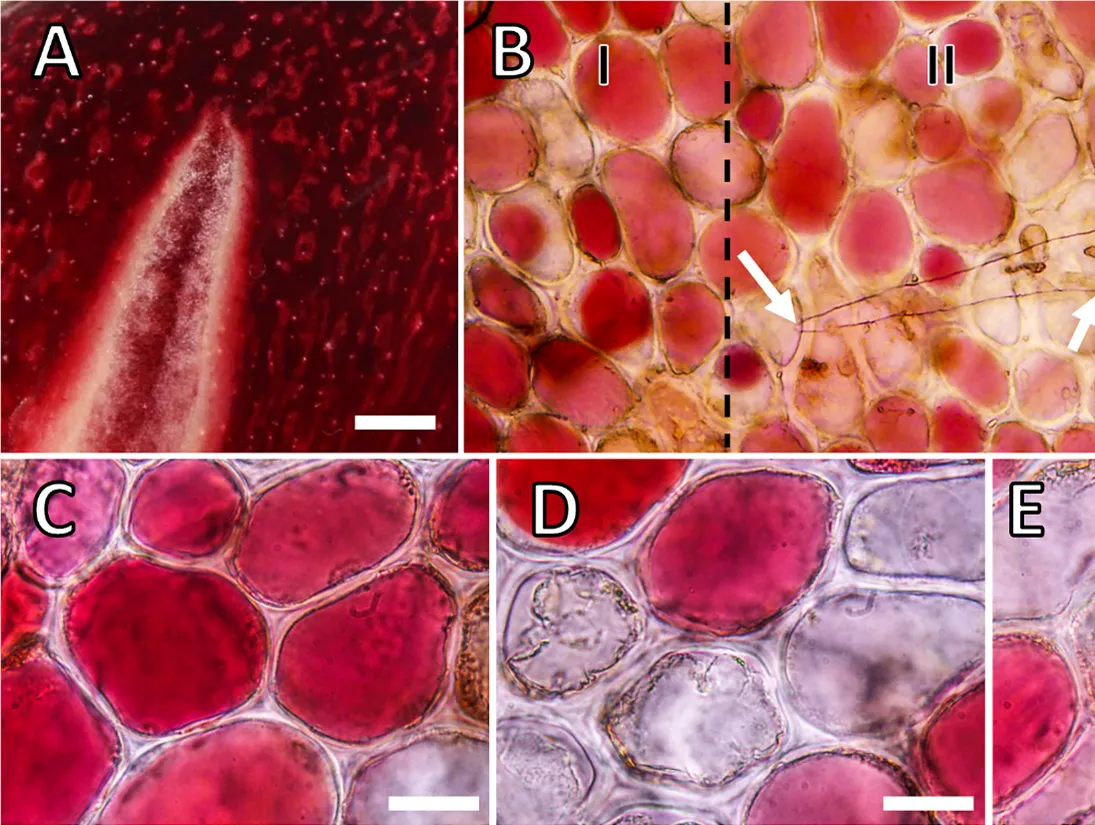Crop load management in modern high-density sweet cherry orchards is a fundamental practice to obtain high-quality fruit without compromising orchard longevity and productivity.
The adoption of self-fertile cultivars and the use of rootstocks with diSerent vigor levels make it necessary to regulate crop load in order to balance vegetative and reproductive demands.
Among the proposed strategies, fruiting spur thinning (FST) is often suggested as an intervention capable of improving photoassimilate distribution and, consequently, increasing fruit size and quality.
However, experimental evidence has not always confirmed this hypothesis, especially when considering cultivar/rootstock combinations characterized by high vigor.
Spur thinning trial
Within this context, a study was carried out in Chile on sweet cherry trees of the cultivar “Lapins" grafted on the rootstock “Mazzard F-12/1”, planted at 5 x 2.5 m spacing.
Researchers, at 28 days before full bloom, applied three levels of spur removal: 0, 50, and 75%.
The objective was to evaluate the eSects of this practice on both fruit quality and vegetative development, with particular attention to the leaf area-to-fruit ratio (LA/F), a parameter often correlated with the plant’s ability to meet the assimilate demand of developing fruits.
Spur thinning did not result in significant increases in fruit size, fresh weight, or total soluble solids content (TSSC).

Fruit quality and vegetative growth
In all treatments, average fruit diameter remained around 26 mm and TSSC around 20.5%, values not significantly influenced by the degree of spur thinning.
This finding suggests that, for the examined combination, fruit quality was not limited by the availability of photoassimilates but rather by the intrinsic capacity of the fruit to act as a sink, i.e., as a receptor of assimilated resources.
On the other hand, the intervention did aSect vegetative development, particularly leaf area.
The removal of 50% and 75% of spurs increased the LA/F ratio compared to the control, with values still suSicient to ensure carbohydrate supply to fruits.
Leaf development and thinning levels
Moreover, in the 50% thinning treatment, an increase in leaf size was observed, compensating for the reduction in leaf number due to spur removal.
In the 75% treatment, however, excessive removal of photosynthetic surface led to an overall reduction in branch leaf area, partially penalizing vegetative growth.
Overall, the results highlight how sweet cherry response to spur thinning is highly dependent on the cultivar/rootstock combination and on seasonal environmental conditions.
Specifically, it should be noted that the trial year was characterized by limited winter chilling accumulation, resulting in reduced fruit set and naturally low crop load.
Practical implications and conclusions
This likely influenced the eSectiveness of the treatment, making artificial crop load reduction unnecessary.
From a practical standpoint, this suggests that spur thinning is not a useful technique in seasons or situations where the plant’s productive potential is already reduced, whereas it may be relevant in years with high fruit set and excessive crop load.
In conclusion, the study shows that in the case of the “Lapins”/“Mazzard F-12/1” combination, spur thinning cannot be considered a reliable technique for improving fruit quality, but remains a potentially useful practice as a crop load regulation measure in highly productive years.
Its application should therefore be evaluated on a year-to-year basis, depending on climatic conditions and expected crop load.
Source: Correa, G., J. (2008). Efecto del raleo de dardos frutales en la translocación de 13C-fotoasimilados y en las características morfológicas de la pulpa de frutos de cerezo dulce (Prunus avium L.) cv. Bing injertado sobre el portainjerto Gisela 5. https://www.sidalc.net/search/Record/dig-inia-cl-20.500.14001-34887
Image source: Wikimedia
Andrea Giovannini
University of Bologna (IT)
Cherry Times - All rights reserved













